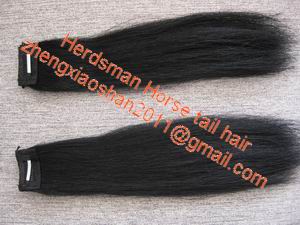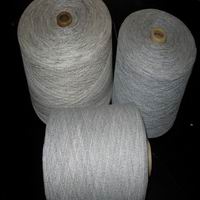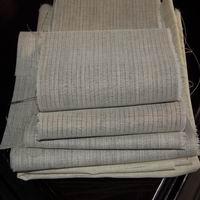with one on each side of his head horse forelocks
FINE FORELOCKS
Horses are lovely, elegant creatures. Even as they frolic freely in the field, with mud and rain mixed in their manes, they attract our eyes with their beauty and grace. Their manes and tails flip like fine features in the wind as they fly by. Their flowing forelocks add expression to their noble ces, which seem to welcome us into their world.
WHAT IS A HORSES FORELOCK?
The horses forelock is the front portion of his mane. The forelock hangs forward from the horses ears onto his ce. Beginning at the poll, or the top of the horses skull (just behind the ears), the forelock naturally lls towards his eyes, horse forelocks while the rest of the horses mane hangs from the ridge of his neck.
If the horse were human, one might refer to his forelock as bangs.
WHAT DOES A HORSES FORELOCK LOOK LIKE?
The horses forelock, like the rest of his mane, may be fine or coarse hair, depending on the horses breed. It may be thick or thin, and it may be straight, wavy or even kinky. Usually, the mane and forelock will match the hair color of the horses tail.
Most equestrians, horse show judges and equine conformation appraisers prefer long, lush forelocks, manes and tails. For most equine breeds, luxuriant locks are considered ideal.
Certain breeds, such as the Freesian, tend to sport abundant forelocks, manes and tails. On the other hand, a thoroughbred may have a sparser forelock and tail, horse forelocks even if his mane is thick.
WHAT IS THE PURPOSE OF THE H,ORSES FORELOCK?
In the pasture and on the trail, a horses forelock helps to shield his eyes from the bright sunlight and to keep flies and other pests from bothering his eyes. A horses eyes are sensitive, and they can become irritated or infected by insects, dust particles and other intrusions.
HOW DO YOU GROOM A HORSES FORELOCK?
Because a horses eyes are positioned bilaterally, with one on each side of his head, he enjoys nearly 360 degrees of vision. However,Pure white false horse tails -, he cannot see directly in front of his ce. For this reason, smart horse handlers approach horses from one side or the other, even for grooming.
A horses forelock may collect dirt and debris. Stall shavings, hay, twigs and other items may become tangled in his forelock hairs, as well as his mane and tail. The first step of careful horse grooming is to pick these pieces out my hand.
Next, the forelock may be gently combed or brushed. Groomers should take special care to avoid pulling the hair or interfering with the horses eyes when detangling his forelock. Some horses dont mind a bit of tugging, while others are more sensitive.
Like brushing a young childs hair, a horse groomer, may place one hand at the top of the forelock, by the roots of the hairs. The other hand may be used to brush through the forelock hairs. This will prevent extra pulling or discomfort for the horse.
In grooming the forelock, one should be extra gentle, to prevent breakage and removal of the forelock hairs.
Often, a thin swath of a horses mane will be clipped, just behind the poll, to create a bridle path. The remaining hairs, from the bridle path forward, will be combed together to form a lovely full forelock.
HOW DO YOU DRESS A HORSES FORELOCK FOR A HORSE SHOW?
For horse shows, a horses forelock may be braided or tucked into the crownpiece of the bridle. Hunter-jumpers knit their horses forelocks into tight little button braids.
Although a horses mane may be pulled, or thinned, before braiding, his forelock is generally left intact to keep it as full as possible.
Some equine breed associations and a few equestrian disciplines customarily clip horses forelocks for showing.
On the other hand, a dressage rider may not braid the horses forelock at all. For dressage classes at horse shows, the horses mane may be braided, and the forelock may simply be brushed and left loose.
查看相关产品:












